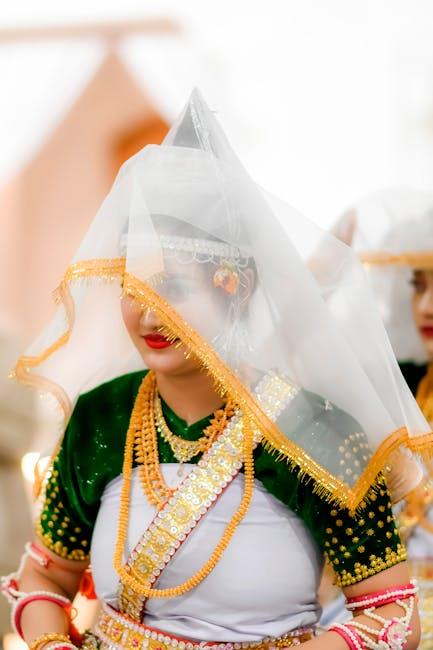In the dim glow of a writer’s study or the bustling energy of a film set, iconic movie characters are born. These unforgettable figures—etched into our cultural memory—are not mere accidents of imagination but the result of a meticulous and often enigmatic creative process. From the initial spark of an idea to the nuanced layers of personality and appearance, crafting such characters involves a symphony of artistic collaboration. This article delves into the heart of that process, exploring the alchemy of inspiration, collaboration, and iteration that shapes the beloved characters who captivate audiences worldwide. Join us as we unravel the intricate dance of creativity that brings these cinematic icons to life.
Crafting the Vision: From Script to Screen
In the journey from script to screen, the transformation of words into living, breathing characters involves a symphony of creativity and collaboration. Screenwriters lay the foundation, crafting dialogue and scenarios that hint at depth and complexity. As the script evolves, directors infuse their vision, interpreting the text and visualizing how characters interact with the world around them. This phase is crucial as it sets the tone and atmosphere, providing actors with a canvas to explore their roles.
The process is enriched by the actors themselves, who delve into their characters’ psyches, bringing them to life with nuanced performances. Considerations such as costume design, which subtly reflects a character’s personality or status, and makeup artistry, which can transform an actor’s appearance, further shape the viewer’s perception. Collaboration with cinematographers ensures that each shot captures the essence of the character, making them unforgettable. This intricate dance of elements is what ultimately allows iconic characters to leap off the page and into the hearts of audiences.
Embodying the Role: Techniques Actors Use to Transform
To bring iconic characters to life, actors employ a variety of transformative techniques that delve deep into the essence of their roles. Method acting, for instance, encourages performers to fully immerse themselves in the character’s life, often blurring the lines between fiction and reality. This approach might involve adopting the character’s habits or living in their environment for extended periods. Another powerful technique is physical transformation, where actors undergo significant changes in their appearance, such as weight alteration or mastering unique physical traits, to embody the character’s presence authentically.
Actors also rely on the power of voice modulation and dialect coaching to capture a character’s unique vocal identity. This might include learning new accents or adjusting their vocal tone and pitch to align with the character’s background and personality. Additionally, many actors engage in character research, diving into historical contexts, psychological studies, and cultural nuances to enrich their portrayal. By blending these techniques, actors create multidimensional performances that resonate with audiences and leave lasting impressions.

Designing the Look: Costume and Makeup as Storytelling Tools
In the realm of cinema, costume and makeup are not merely about aesthetics; they serve as vital storytelling instruments that breathe life into characters. The choices behind a character’s attire and appearance often reflect their personality, status, and emotional journey. Consider the intricate details of a hero’s battle-worn armor or the subtle transformation of a protagonist’s look as they evolve throughout the narrative. These visual elements are crafted meticulously to convey deeper layers of meaning and to resonate with the audience on a subconscious level.
Designers and makeup artists work in tandem with directors and writers to ensure that every stitch and shade aligns with the story’s vision. Key aspects include:
- Color Palette: Colors are chosen to evoke specific emotions and symbolize themes.
- Historical Accuracy: Period films demand precise attention to detail to maintain authenticity.
- Character Arc Representation: Subtle changes in costume and makeup mirror the character’s development.
By intertwining these elements, creators not only shape the visual identity of a film but also enhance the narrative depth, turning costume and makeup into powerful storytelling tools.

The Directors Touch: Guiding the Characters Journey
The art of directing is often likened to a dance, where the director leads and the characters follow, weaving through the narrative with grace and intention. A director’s vision is crucial in shaping a character’s journey, as they breathe life into scripts, turning words on a page into living, breathing personas. Through meticulous attention to detail, they guide actors to explore the depths of their roles, uncovering hidden layers that might otherwise remain dormant.
- Visionary Interpretation: Directors bring their unique perspective, interpreting the script in ways that challenge and inspire actors to push boundaries.
- Emotional Resonance: By creating an environment where actors feel safe to experiment, directors help cultivate authentic emotional connections.
- Character Evolution: Directors oversee the character’s arc, ensuring a coherent and compelling transformation throughout the film.

